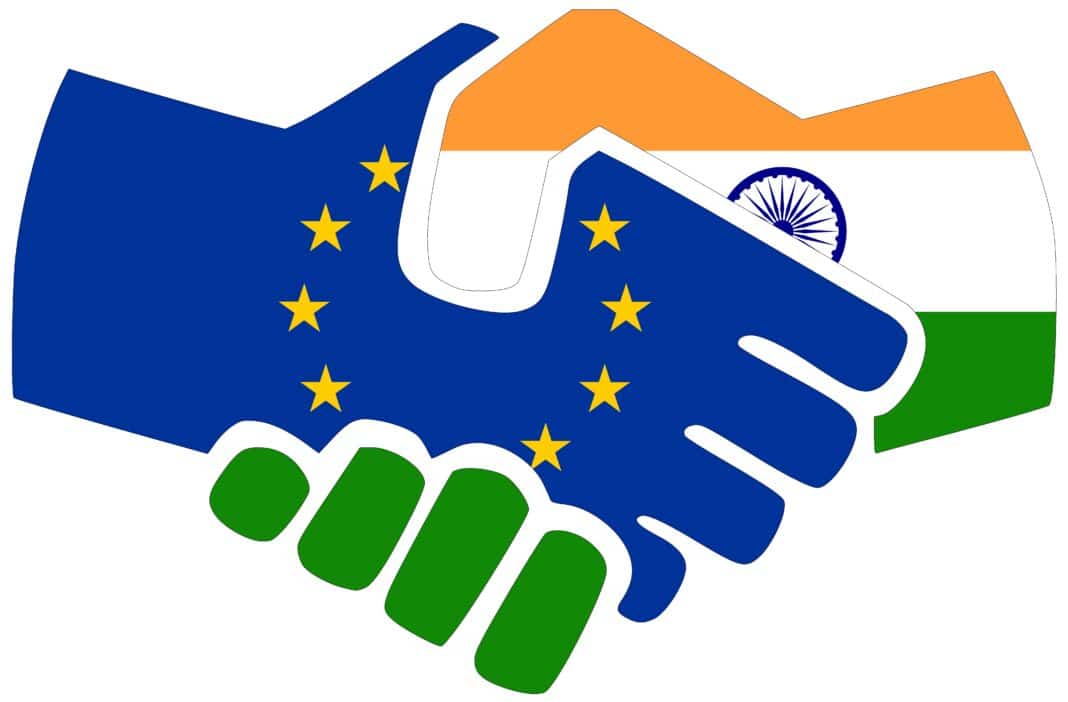The European Union’s vow to introduce the EUDR is “akin to a non-tariff barrier,” with India warning that the new rules could curtail one of Europe’s most important trade deals, the EU-India free trade agreement, set to renew next month.
Two Indian sources with direct knowledge of the matter said the Modi government opposes the EUDR and the CBAM (Carbon Border Adjustment Mechanism—which taxes imports of steel, cement, and hydrogen) “because these are perceived as instruments of protectionism and act as non-tariff barriers (NTBs).”
“The EU is India’s major market, and mechanisms such as CBAM and EUDR would adversely impact the bloc’s exports,” one source said, adding that “the EUDR violates the World Trade Organisation (WTO).”
Now one of the world’s fastest-growing economic partnerships, the EU is India’s largest trading partner, accounting for €124 billion worth of trade in goods in 2023 or 12.2% of total Indian trade, topping the USA (10.8%) and China (10.5%). At the same time, the EU is the second-largest destination for Indian exports (17.5%) after the USA (17.6%).
And whilst India is only the EU’s ninth largest trading partner (well behind the United States and China, which both oppose the EUDR), trade in goods has increased by more than 90% in the last ten years alone.
“The EU’s share in foreign investment stock in India reached €108.3 billion in 2022, up from €82.3 billion in 2019, making the EU a leading foreign investor in India,” said the European Commission’s Trade directorate, with “6,000 European companies present in India, providing 1.7 million jobs directly and 5 million jobs indirectly in a wide range of sectors.”
The European Commission on the importance of the EU-Indian economic partnership.
As it stands, India is eying the EU to grow its export market for wood products—with the Netherlands and the Port of Rotterdam amongst its fastest-growing export markets. According to the Observatory of Economic Complexity (or the OEC), “the main destinations from India include the United States (US $457m), the United Arab Emirates ($68m), Butan ($53.5m), and the Netherlands ($37m).”
India’s concerns came after Wood Central revealed last week that the EUDR could violate several European laws: “The EUDR is introducing significant uncertainty into the EU market due to its excessive bureaucracy on relevant commodities and products,” according to Vasile Andrei Ianovici, a legal expert who is a vocal critic of the new laws.
“The new law is contrary to the principle of legal certainty, and continuous due diligence required for goods already on the market can be seen as probation diabolical, which is illegal,” Mr Ianovici said, adding that the new laws impose “a double standard” and is in breach of Article 191, paragraph 2 of the Treaty on the Functioning of the European Union (TFEU).
How the EUDR will work
- The regulation will assign regions within countries inside and outside the EU a low, standard, or high-risk level associated with deforestation and forest degradation.
- This risk classification will guide the obligations of various operators and the authorities in member states to perform inspections and controls. Consequently, this will streamline monitoring for high-risk regions and simplify due diligence processes for low-risk regions.
- Authorities responsible for these areas must inspect 9% of operators and traders dealing with products from high-risk regions, 3% from standard-risk areas, and 1% from low-risk regions. This inspection aims to confirm whether they are effectively meeting the obligations stipulated by the regulation.
- Further, these competent authorities will inspect 9% of relevant goods and products either placed on their market, made available, or exported by high-risk regions.
- Lastly, the EU plans to enhance its cooperation with partner countries, focusing primarily on high-risk areas.
For more information on EUDR and its impact on global furniture supply chains, visit Wood Central’s special feature on EUDR and its implications for the European supply chain for timber-based furniture products.






